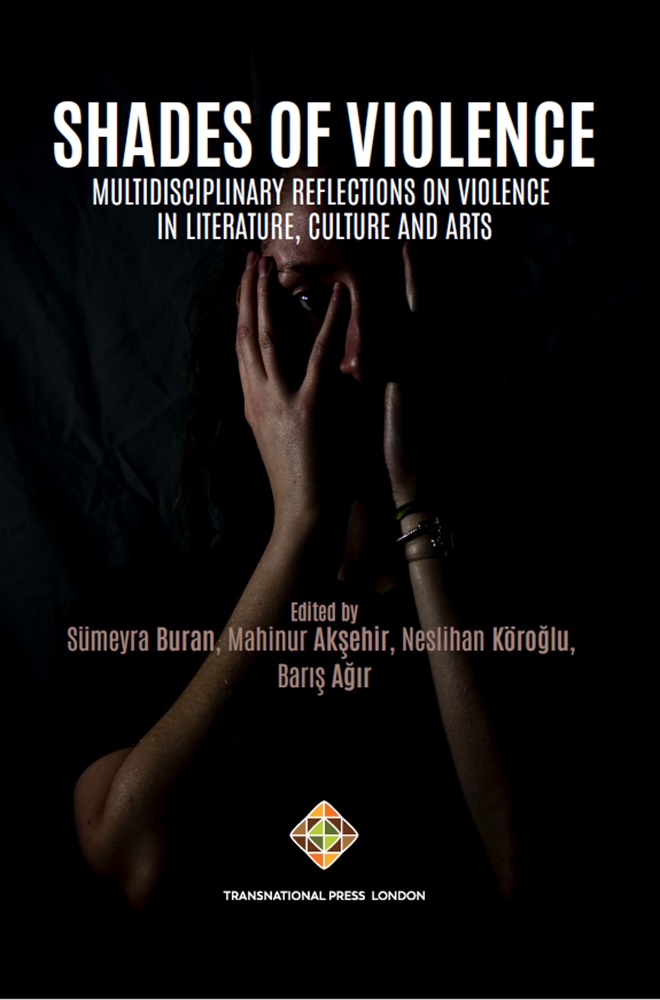Participating in, Witnessing and Reporting Violence at The U.S.-Mexican Borderlands: Representation of Violence in The Line Becomes A River By Francisco Cantu
Participating in, Witnessing and Reporting Violence at The U.S.-Mexican Borderlands: Representation of Violence in The Line Becomes A River By Francisco Cantu
Author(s): Özlem Atar
Subject(s): Studies in violence and power
Published by: Transnational Press London
Keywords: Participating; witnessing; reporting violence; US; Mexican; borderlands; representation; violence; river; Francisco Cantu;
Summary/Abstract: State borders are fundamentally violent. These intimidating assemblages deploy natural and built environments to reinforce their destructive existence. They divide border communities and force migrants to seek passage through increasingly dangerous terrains. They also destroy the environment. Often, militarised border patrol agents act as tools of violence, but they also witness and may confront the brutality that borders exert on border crossers. Borders feature as prime evils in literary texts about irregular migration. This article evaluates the representation of violence in The Line Becomes a River: Dispatches from the Border (2018), a memoir by former U.S. Border Patrol agent Francisco Cantú. Two questions guide my reading: (1) How does the author define violence? and (2) What forms of violence does he portray in the memoir? I argue that Cantú characterises interpersonal violence as a learned behaviour while underlining its hereditary and structural underpinnings. As for the varieties of violence, Cantú gives the impression that his objective is to explore violence along the U.S.-Mexico border and the south of the boundary line, but when one evaluates the book meticulously, it becomes clear that his ultimate purpose is to document the violence that the “unnatural divide” (p. ix) between Mexico and the United States creates. The varieties of violence portrayed in the text range from homicide, femicide, and other forms of cartel-inflicted violence to those perpetrated by a sinister non-human influencer: the U.S. immigration and border management system. This policy-backed violence injures its targets both directly and indirectly. Cantú exposes the actual culprit by first navigating through more visible forms of violence, including migrant deaths and the psychological injuries border patrol agents sustain. He then fixes his gaze on the long-lasting, multilayered border violence that breaks families apart and renders them vulnerable to other forms of violence.
Book: Shades of Violence: Multidisciplinary Reflections on Violence in Literature, Culture and Arts
- Page Range: 175-195
- Page Count: 21
- Publication Year: 2023
- Language: English
- Content File-PDF

